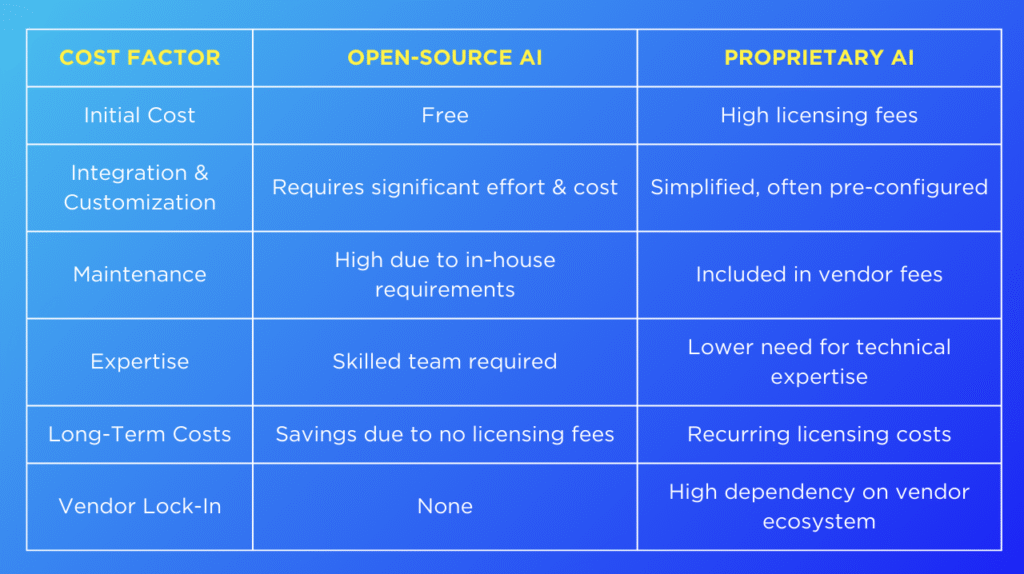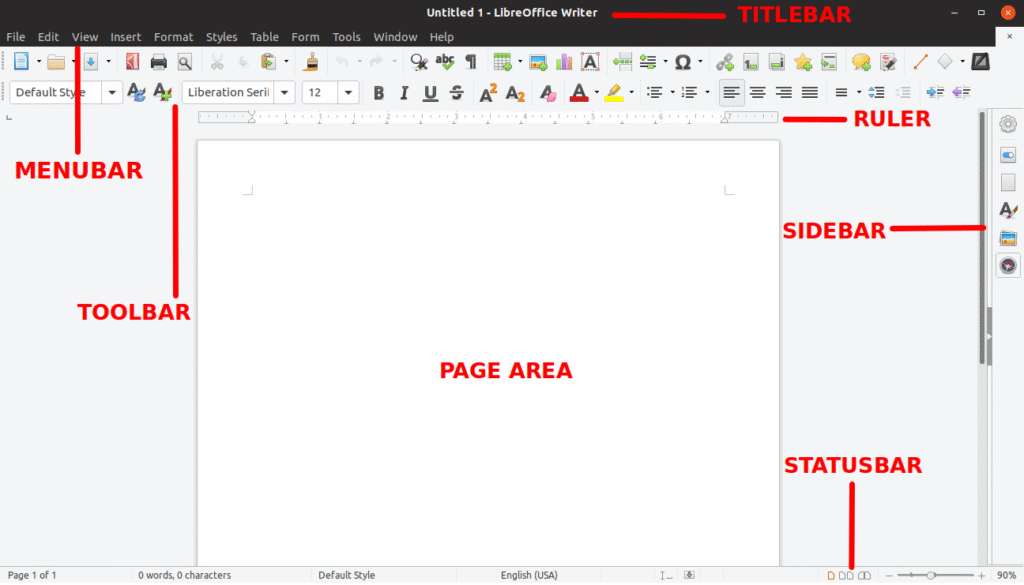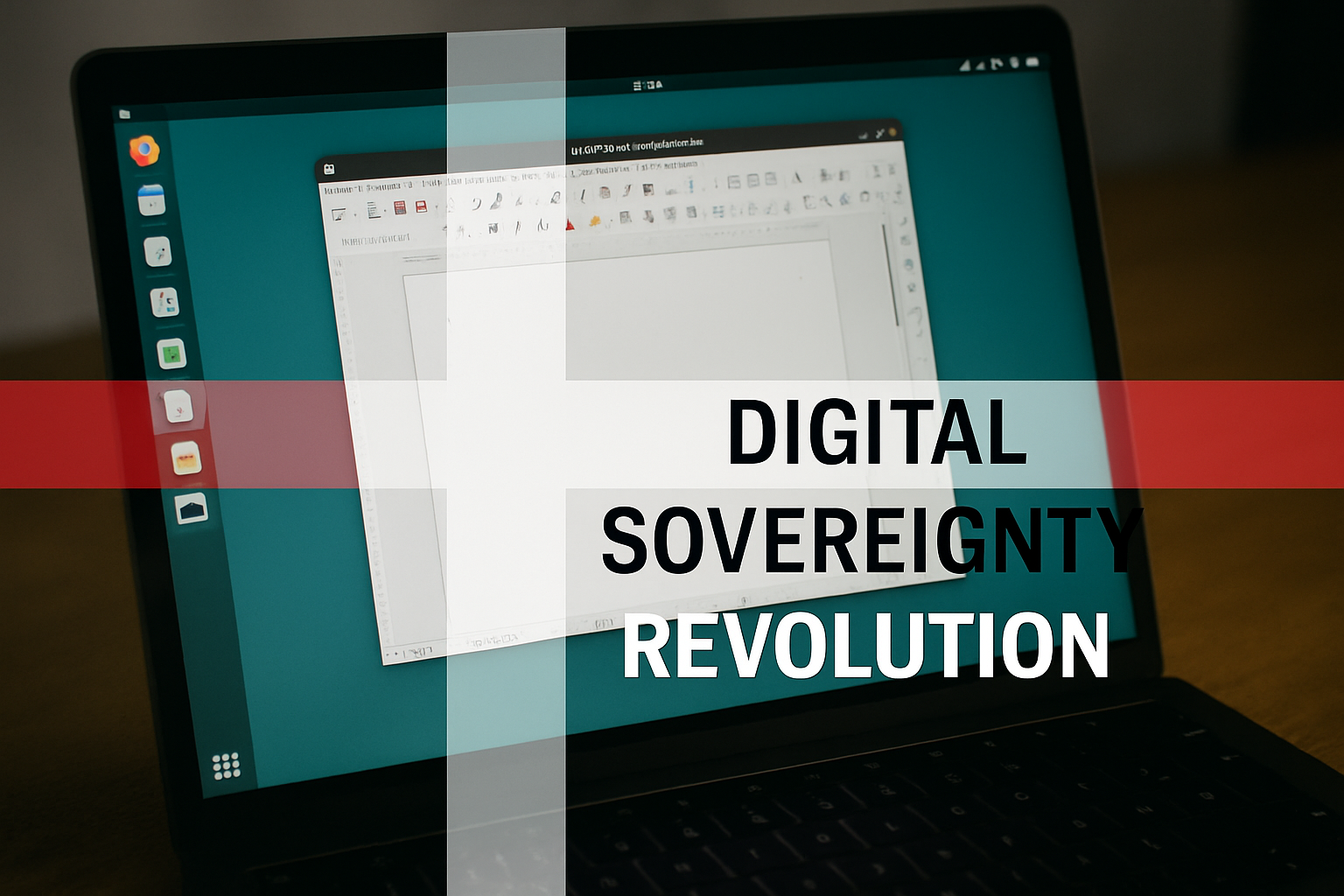Table of Contents
ToggleIntroduction to Denmark’s Bold Move
In June 2025, Denmark’s Ministry of Digital Affairs made headlines by embracing digital sovereignty, ditching Microsoft Windows and Office 365 for open-source software like Linux and LibreOffice. Led by Minister Caroline Stage Olsen, this Linux transition signals a shift toward greater control over data and technology. With cities like Copenhagen and Aarhus adopting LibreOffice adoption, Denmark is setting a global precedent. This article explores why this move matters, its challenges, and its potential to reshape public sector tech.
Why Digital Sovereignty Important

Escaping Vendor Lock-In
Vendor lock-in has long plagued governments, tying them to proprietary software like Microsoft’s. Denmark’s push for digital sovereignty aims to break this cycle, giving the nation control over its tech stack. By adopting open-source software, Denmark avoids dependency on U.S.-based providers, reducing risks from foreign laws like the U.S. CLOUD Act or sanctions-related disruptions, such as Microsoft locking out the International Criminal Court’s email accounts.
Cost Savings with Open-Source Software
Microsoft’s licensing fees have surged 72% in five years, straining public budgets. LibreOffice adoption and Linux transition offer cost-free alternatives, freeing up funds for priorities like healthcare or education. This financial incentive makes open-source software a strategic choice for governments worldwide.
Enhancing Data Security
Digital sovereignty ensures transparency and control over data. Unlike proprietary software, open-source software like Linux allows code auditing, reducing vulnerabilities. Denmark’s move aligns with the EU’s growing focus on data privacy and security, setting a model for others.
The Linux Transition Plan
Starting in July 2025, half of the Ministry’s staff will switch to Linux and LibreOffice, with full LibreOffice adoption targeted for autumn. A backup plan to revert to Microsoft mitigates risks, acknowledging challenges like compatibility and training.
Challenges of LibreOffice Adoption and Linux Transition

Compatibility Hurdles
Many government systems rely on Microsoft-specific integrations, such as Excel for ERP. Transitioning to LibreOffice requires reworking these systems, which can be costly and complex. Solutions like Nextcloud or Open-Xchange may help, but they demand careful planning.
Training for Open-Source Software
LibreOffice adoption may face resistance from staff accustomed to Microsoft Office. While open-source software is robust, its interface can feel less polished, necessitating training to ensure productivity during the Linux transition.
Infrastructure Gaps
Replacing systems like Azure Active Directory or Exchange Server remains unclear. Temporary solutions like webmail may bridge gaps, but they could impact efficiency, highlighting the complexity of achieving digital sovereignty.
Global Implications of Denmark’s Move
A Blueprint for the EU
Denmark’s Linux transition follows Germany’s Schleswig-Holstein state, which is moving 30,000 computers to open-source software. As a digitized nation, Denmark’s success could inspire broader EU adoption, reducing reliance on Big Tech and combating vendor lock-in.
Cost and Security Benefits
By embracing LibreOffice adoption and Linux, governments can save millions while enhancing security through auditable code. This shift mitigates risks of service disruptions due to geopolitical tensions, reinforcing digital sovereignty.
Inspiring Global Change
If successful, Denmark’s initiative could spark a global rethink of public sector tech, encouraging nations to prioritize open-source software and control over their digital infrastructure.
Key Takeaways
Digital Sovereignty: Governments must control their data to protect against foreign surveillance and disruptions.
Cost Efficiency: Open-source software like Linux and LibreOffice reduces licensing costs.
Community-Driven: LibreOffice adoption thrives on community contributions, allowing customization.
Challenges Ahead: Compatibility and training require strategic planning to avoid disruptions.
How to Prepare for a Digital Sovereignty Shift
Pilot Programs: Test Linux transition with small teams to identify issues.
Training Investments: Equip staff for LibreOffice adoption to ensure smooth adoption.
Community Collaboration: Engage open-source communities for support and customization.
Hybrid Strategies: Retain some proprietary licenses during the Linux transition for critical systems.
Denmark’s embrace of digital sovereignty through Linux transition and LibreOffice adoption is a bold step toward tech independence. By tackling vendor lock-in and prioritizing open-source software, Denmark is paving the way for a future where governments own their digital destiny. As challenges loom, the world watches to see if this revolution will inspire global change.
FAQs About Denmark’s Digital Sovereignty Move
1. What is digital sovereignty, and why is Denmark pursuing it?
Digital sovereignty refers to a nation’s control over its digital infrastructure and data. Denmark is pursuing it to reduce reliance on foreign tech providers like Microsoft, ensuring data privacy and avoiding vendor lock-in.
2. Why is Denmark switching to Linux and LibreOffice?
Denmark is adopting Linux and LibreOffice to achieve digital sovereignty, cut licensing costs (Microsoft fees rose 72% in five years), and enhance security through open-source software.
3. What is open-source software, and how does it differ from Microsoft products?
Open-source software like Linux and LibreOffice is freely available, customizable, and auditable, unlike proprietary Microsoft products that create vendor lock-in and collect user data.
4. What challenges will Denmark face in its Linux transition?
The Linux transition involves compatibility issues with Microsoft-integrated systems, training for LibreOffice adoption, and replacing infrastructure like Azure Active Directory, requiring strategic planning.
5. How does LibreOffice compare to Microsoft Office?
LibreOffice is a free, open-source alternative to Microsoft Office, offering similar functionality for word processing, spreadsheets, and presentations, but it may require training for users accustomed to Microsoft’s interface.
6. Can other countries adopt Denmark’s digital sovereignty model?
Yes, Denmark’s Linux transition and LibreOffice adoption serve as a blueprint, especially for EU nations like Germany, aiming to reduce vendor lock-in and prioritize open-source software.
7. How does digital sovereignty protect against vendor lock-in?
By using open-source software, Denmark avoids vendor lock-in, gaining flexibility to customize and control its tech stack without dependency on a single provider like Microsoft.
8. What are the cost benefits of open-source software for governments?
Open-source software like Linux and LibreOffice eliminates licensing fees, saving millions for public budgets, as seen in Denmark’s response to Microsoft’s 72% fee hike.
9. Will Denmark’s move inspire a global shift to open-source software?
Denmark’s digital sovereignty push could spark global interest, especially in the EU, where nations seek to combat vendor lock-in and enhance data security through open-source software.
10. How can organizations prepare for a Linux and LibreOffice transition?
Organizations should pilot Linux transition programs, invest in training for LibreOffice adoption, collaborate with open-source communities, and maintain hybrid systems to avoid disruptions.

